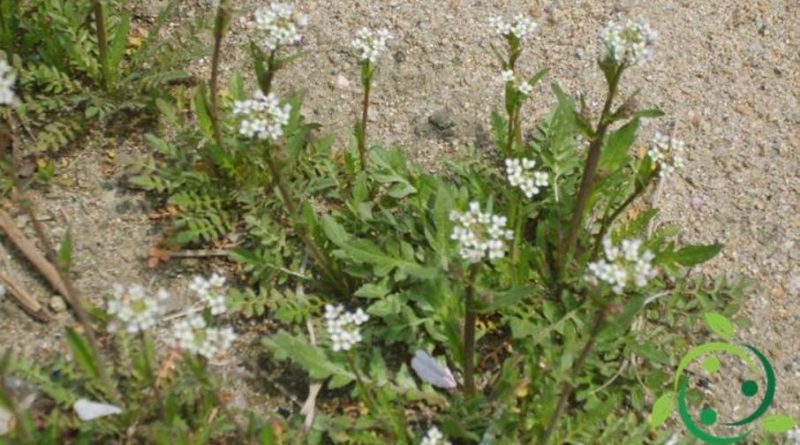How to grow the shepherd’s purse
How to grow the shepherd’s purse
The shepherd’s purse also called a shepherd or shepherd, (Capsella bursa-pastoris (L.) Medik. 1792) is an herbaceous species belonging to the Brassicaceae family.
Being an easily adaptable plant, it is easy to grow in various conditions and situations: at home, in the garden and in pots, because it does not require care and has no special requirements. The shepherd’s purse can be annual or biennial, depending on the species, and requires very little water, since it rages undisturbed even in the most uncultivated land. It is among the first plants to germinate, so much so that as soon as the snow melts, here comes back immediately our Shepherd’s Bag, fresh and green.
We say that the suggestions for cultivating it are few. It is sufficient to have a well drained and very soft soil, but to be watered only rarely, about every two weeks.
If you want to fertilize it, you can do it in the spring, providing it with mixed soil but containing a lot of nitrogen (never use that in mineral form). Usually it is not considered an embellishment plant, so that the cultivator chooses to do it because it uses it for healing purposes or in the kitchen. Not only the roots are used for this plant. For the rest, as well as for the medicinal properties for which it is used in cases of abundant menstrual cycle, for the treatment of varices and hemorrhoids and diarrhea, can be eaten raw in salads and its leaves very reminiscent of the flavor of cabbage.
The leaves and the fruits of Capsella can always be harvested, but it is preferable to do it in the balsamic period, one in which the active ingredients are at their maximum and we can get the most benefit from them. The collection is therefore all year round. For storage it is advisable to dry its parts in dry environments and collected in bunches.
As for adversities, it is recalled that often in the inflorescence of the plant a peronosporacea (Albugo candida) settles, causing a disease called “white rust”; this manifests itself by twisting and swelling the flower axis. This is one of the reasons why the plant should never be in conditions of excessive humidity, both atmospheric and soil.

